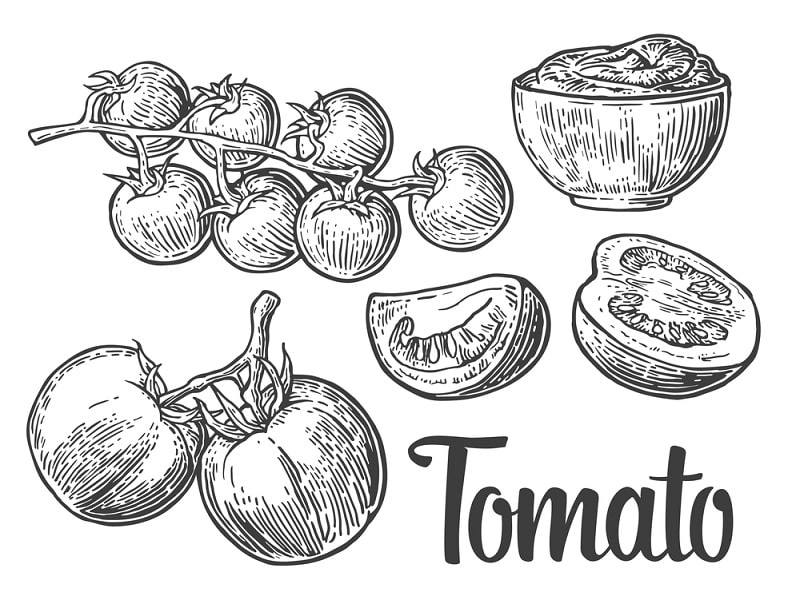Have you ever pondered whether a tomato is a fruit or a vegetable? Well, you’re not alone! This age-old debate has sparked countless discussions among food enthusiasts and scientists alike.
Today, we dive deep into tomatoes to unravel the mystery behind their classification. Get ready to have your mind blown as we reveal what extensive research has to say about this fascinating culinary conundrum.
So grab a seat and prepare for an enlightening journey through the intricate realm of fruits and vegetables – where things aren’t always as they seem!

Is tomato a fruit or vegetable?
Before we delve into whether tomato is a fruit or a vegetable and why. We must first understand the difference between fruits and vegetables. Fruits are the edible part of a plant that comes from its flower and contains seeds, while vegetables are any other part of the plant that humans consume for food.
According to botanists, tomatoes are technically classified as fruits since they develop from the ovary of a flowering plant and contain seeds within them. However, in 1893, the Supreme Court ruled that tomatoes should be considered vegetables for tax purposes in the United States.
Regarding nutrition, studies have shown that tomatoes provide many benefits due to their high content of nutrients such as vitamin C, potassium, lycopene, and beta-carotene. These nutrients are essential in maintaining good health and reducing the risk of chronic diseases.
A study in The American Journal of Clinical Nutrition (AJCN) found that consuming tomato products can improve blood pressure levels due to their high potassium content. This mineral helps regulate fluid balance and promotes healthy blood vessels.
Moreover, another research conducted at Harvard University revealed that regular consumption of tomatoes can lower the risk of prostate cancer by up to 34%. This is attributed to the high levels of lycopene, a powerful antioxidant in tomatoes.
On the other hand, some argue that tomatoes should be classified as vegetables because they are commonly used in savory dishes and not usually eaten as a dessert or snack like most fruits. Additionally, vegetables are typically defined by their savory flavor and low sugar content, which aligns more with tomatoes than fruits.
What is the real scientific name of tomato?
Tomatoes, scientifically known as Solanum lycopersicum, belong to the Solanaceae family. This family of plants is also called the nightshade family and includes other well-known species, such as potatoes, eggplants, and bell peppers.
The scientific name for tomatoes is derived from the Latin word “solanum,” meaning “nightshade,” and “lycopersicum,” which translates to “wolf peach.” This unique name was given because of the belief that tomatoes were poisonous due to their close relation to other toxic plants in the nightshade family.
However, research has proven that tomatoes are safe for consumption and are a rich source of essential nutrients. They are widely used in various cuisines worldwide and are a staple ingredient in many dishes.
Tomatoes originated from South America and were first introduced to Europe by Spanish explorers during the 16th century. Since then, it has become one of the most popular and widely cultivated fruits globally, with thousands of varieties available.
Final Thoughts
In conclusion, while botanically speaking, tomatoes are considered fruits. The debate on whether they should be classified as a fruit or vegetable continues. However, from a nutritional perspective, it is safe to say that tomatoes provide numerous health benefits regardless of their classification.
So whether you consider them a fruit or vegetable, there’s no denying that adding tomatoes to your diet can positively affect your health.

